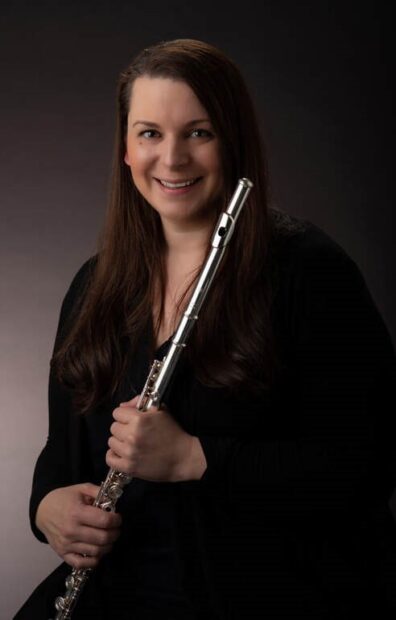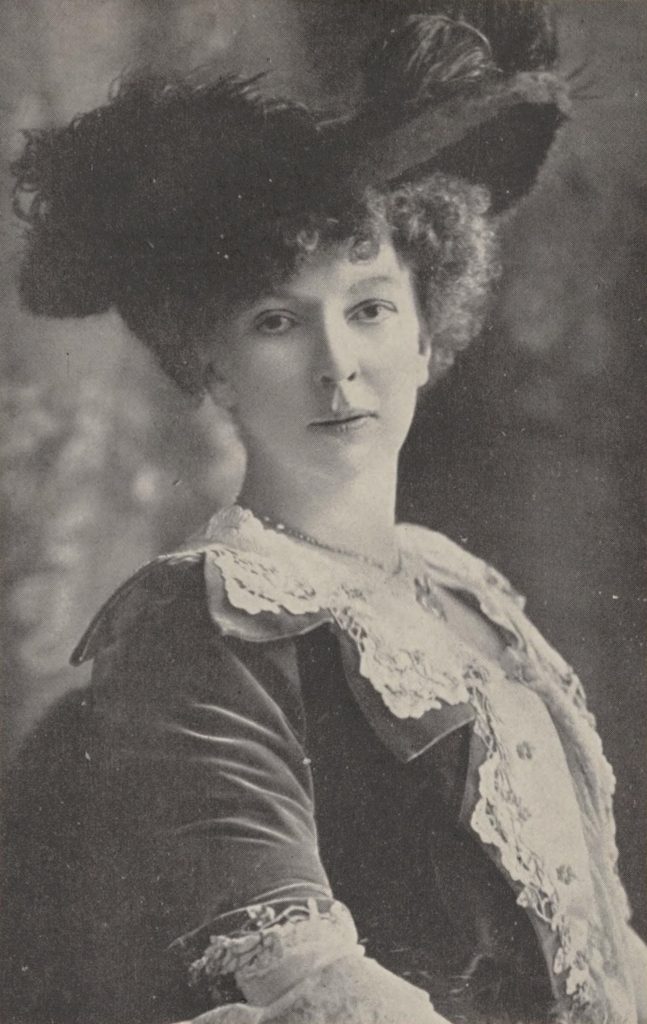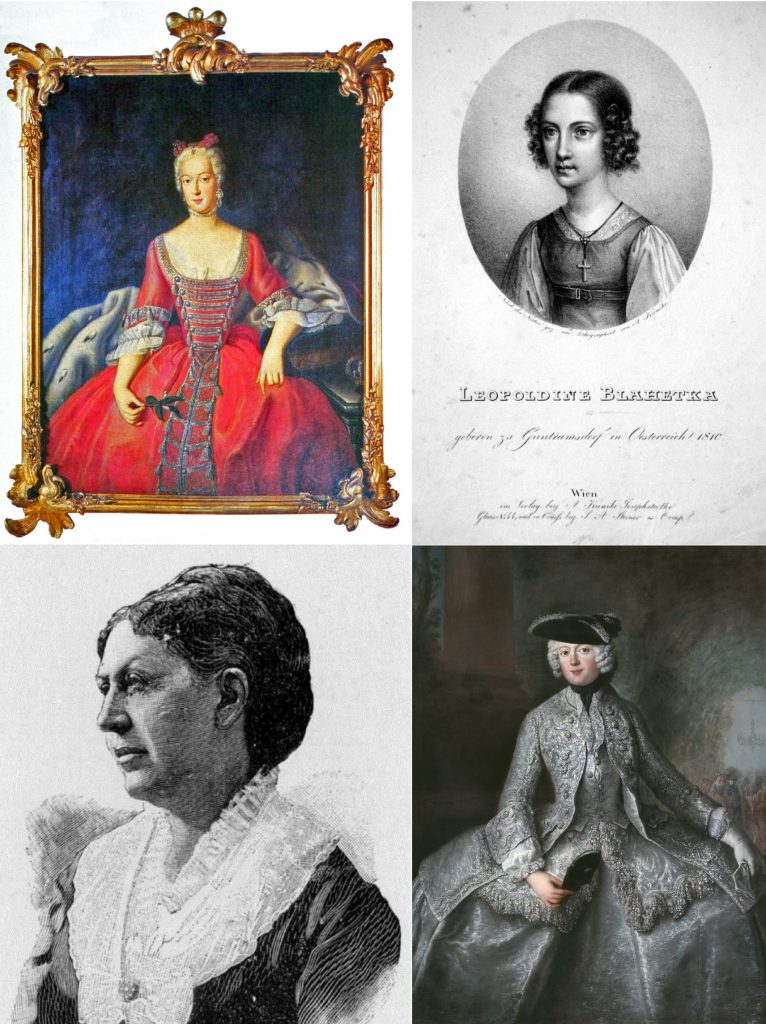Where Are All the Women?

WSU Assistant Professor of Flute Sophia Tegart has led a varied and award-winning career as a flutist, musicologist, and clinician. A popular performer, she has been soloist with the Spokane Symphony, the Washington-Idaho Symphony, Chehalem Symphony Orchestra, and the Kansas City Civic Orchestra. As a Yamaha Performing Artist, Tegart has performed throughout the United States, Europe, and Asia. Tegart has also competed internationally; she was a finalist in the Mu Phi Epsilon International Competition and won second place in the Music Teachers National Association Woodwind Young Artist Competition. To learn more about Tegart, see her School of Music profile.

As a flutist growing up in Spokane, Washington, I studied works by such famous composers as Mozart and Bach, and less mainstream composers like Carl Reinecke and Francis Poulenc. Because I was only introduced to works by male composers, the assumption that composers were male was formed very early on. This was not the fault of my teacher; she taught what was taught by her teacher, and his teacher before him. Of all the flute music taught prior to this century, approximately one standard piece was written by a woman.
During high school, I was assigned a piece to learn: Concertino by French composer Cécile Chaminade. As someone who had only known male composers, I looked at Chaminade’s name and thought to myself, “Cécile? Weird, it’s probably Cecil.” Because I began my education in a French immersion school in Canada, the first language I learned to read and write was French; hence, I knew the gendered rule regarding the letter “e.” Despite this knowledge, I talked myself out of the possibility that Chaminade was a woman. I was shocked and ashamed when I found out she was in fact a woman whose piece Concertino is one of the most beloved works in the flute world.

This experience led me to my current research on women composers and to incorporating their works into the teaching repertoire. I tell the Chaminade story when I give my presentation “Where Are All the Women?” Sadly, the flutists in the audience admit that they had the same confusion when first introduced to her. To remedy this, my goal is to find music written for the flute by women composers and establish it as standard repertoire. Along with presentations, I have also started recording, performing, and cataloging this music so flute teachers have resources and reference recordings when teaching in the future. Before I started this project, I had to find the music itself, which involved an extensive research process.
Over the last few years, I have combed through publisher catalogs, music vendor catalogs, databases, books, and more for flute works by women composers. I also used the Interlibrary Loan (ILL) service, extensively. It was not possible to purchase all the music I discovered. Instead, I ordered the scores through ILL, which has been invaluable. Many of these works are not recorded and are rarely performed, if ever. There is no way to know how this music sounds until I play through it myself. Playing the music helps me determine its style and technical demands that I can then document in my database. It also helps me find the pieces I want to record and perform. To date, I have found over 150 works for flute and piano by women composers. Moreover, I have examined approximately 25 percent of these works, with more to come, due to the benefits of the ILL service and WSU Libraries. I look forward to all the music I will uncover in the coming years from this project!